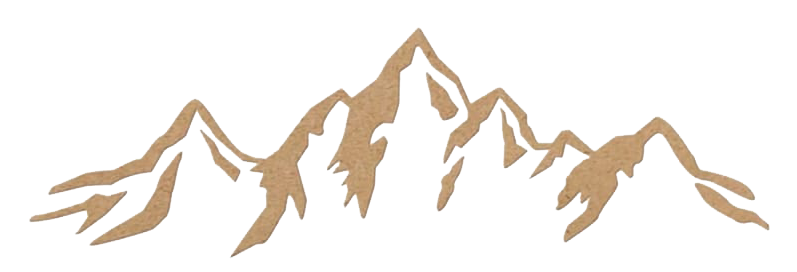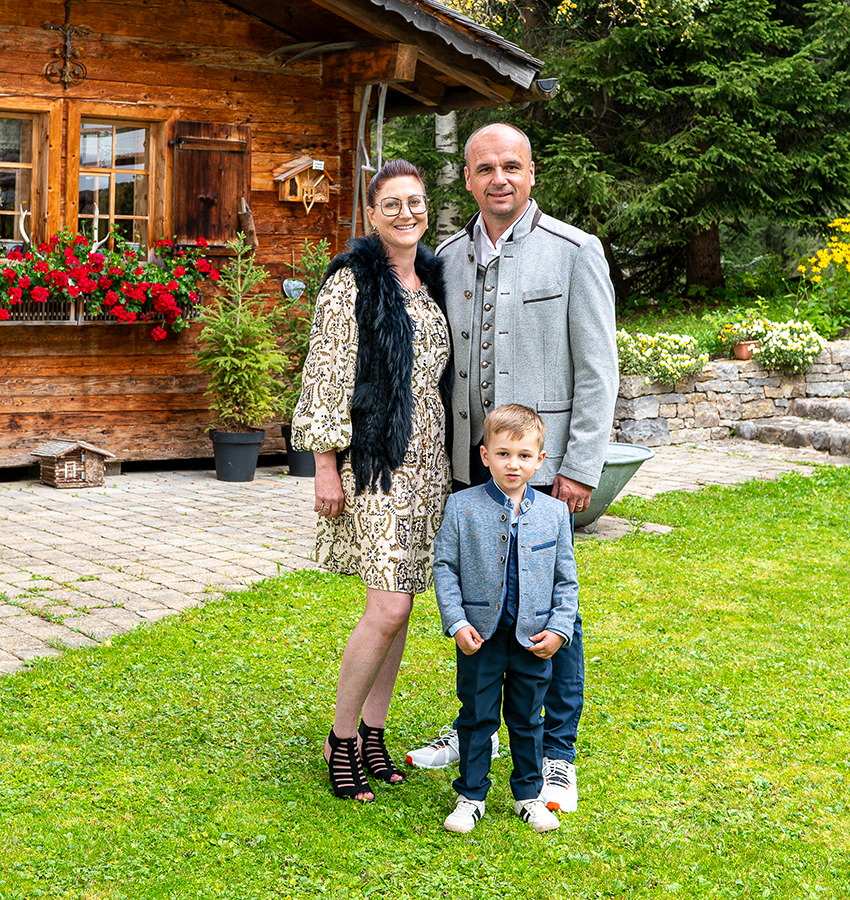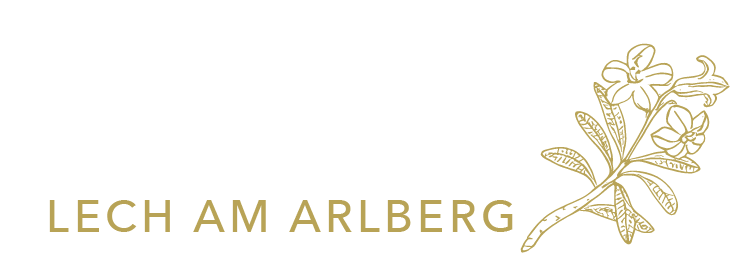COAT OF ARMS OF THE ELSENSOHN FAMILY
The Elsensohns are a noble, very old family originating from Switzerland who immigrated to Vorarlberg. They first came to Laterns and wrote Elsensun in 1447, while in 1491 some wrote Elsun in Tannberg. Others wrote Elsensohn in Vispertal in Valais in 1529 and Ellensohn in Triesenberg.
They received their coat of arms in 1397 under Emperor Wenceslaus. They bear a red shield with a black and brown bear standing upright on a green mountain. The red shield symbolizes burning virtue and the desire to serve one’s country in a chivalrous manner, as well as a devout heart that is ready to shed blood for the word of God.
The green bear signifies a steadfast, unshakeable warrior and implies conquest and defense of the same.
The brown bear signifies strength, bravery, brotherly love, and indicates the family’s great age.
War and hunting were our ancestors’ main occupations. Among them were those who believed that it was more reliable and responsible to kill harmful game than reasonable Christians. These had more affection for hunting than for war. That is why the bear appears in the coat of arms, suggesting special hunting events and memories.
The shield features an open helmet, which is a valued and honored symbol of war and signifies manliness and bravery. The crest depicts a growing boy in red clothing, holding a red rose in both hands, representing the name and blossoming of the family. In addition to its social and professional significance, this heraldic symbol in particular represents a lofty, enlightened idea, an understanding and wise advisor with well-deserved services.
Roses symbolize refreshment, generosity, and discretion, as well as the fact that warriors shed or have shed their blood for their country, church, and freedom.
The helmet covers are gold and blue, and these two colors together signify extraordinary thriftiness. The shield was the protection of our ancient warriors’ lives. It was gradually painted with different colors and figures. This is one of the oldest origins of our coats of arms. These shields were held in very high esteem by the ancients. We can see this from the fact that the greatest disgrace for a German warrior was to lose his shield. The shields were not only used in war, but also in times of peace at public gatherings, during the election of a king, at court hearings, and much more. Even in those days, the figures and colors were used to identify nations, tribes, clans, and families, and in some cases replaced our modern writing system. A coat of arms seal replaced a handwritten signature.
Just as time and circumstances have improved, embellished, and perfected many things, so too have coats of arms.
Source:
From the European Armorial, Part 2, page 210

The AlpenRose
The Hotel Pension Garni Alpenrose in Lech am Arlberg, an individual 4-star hotel in a beautiful location directly on the Lech River, was built by Elisabeth and Arne Elsensohn in 1966 and raised with much love and attention to history, cosiness, comfort and traditional atmosphere. After Arne’s death in 1987, Elisabeth took care of her family, the business and her guests day in, day out. In 2025, she decided to hand over the business to her godchild Claudia and her husband Rene Elsensohn.
“We will continue to realize her and our dream of maintaining the quality and warm, inviting family atmosphere of which we are very proud.”


